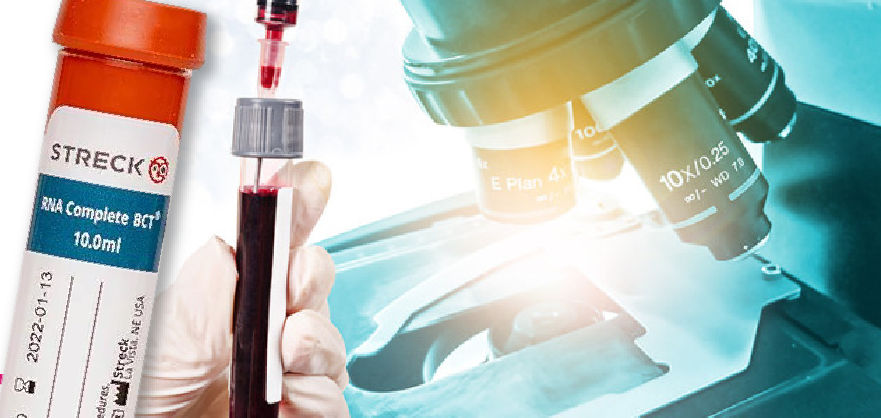2p24, NMYC
NMYC amplification, (2p24) The proto-oncogene N-MYC (MYCN), located on the distal short arm of chromosome 2 (2p24), encodes the MYCN transcriptional regulator, expressed predominantly during the peripheral neural crest development, and has a role in cell growth control and proliferation. This gene is essential for stem cells proliferation, migration and homeostasis, and is expressed mainly in the […]


